Crop Report
This week, I visited fields in southwestern Vermilion County. Disease levels in both corn and soybean fields was minimal; I observed only a few isolated areas in soybean fields with foliar disease symptoms. Soybeans are mostly at R6 (full pod), but a few fields were still lagging behind closer to R5. Corn fields I visited were in early to mid-R5 (dent). Ear fill was good in most fields I check, but I did find a couple fields that are struggling, with varying degrees of tipback as well as kernels aborted later in seed fill.
Recent high day and nighttime temperatures have local farmers and crops stressed. In my immediate area in Northeast Illinois the opportunity for “Bonus fill” of kernels experienced last year appears very unlikely as the R6 (dent) corn hastens to maturity. Fields with greater water holding capacity are faring much better than lighter soils, but even those are showing some remobilization of nutrients from lower leaves in the canopy for the ear. Soy are nearing R6, having a green seed filling the pod at one of the top 4 nodes on the main stem with an open trifoliate.
Much needed sunshine returned and with it HEAT. Pod shed was seen in many fields after an overcast and fairly wet previous 10 day stretch. SDS continues to show up in many fields. Reports of white mold are starting to trickle in as well. Corn is 1/2-3/4 milk line. This heat will speed up maturity. Local elevator tours showed an estimated average of 215 bu/acre.
Here in my 3 county area (DeWitt, Macon & Piatt), soybeans for the most part are in Full Seed or R6 stage. Most all corn fields are in the Dent or R5 stage with the milk line clearly visible. Soybean Vein Necrosis Virus (SVNV) is showing up in area fields should not affect yield and is caused by juvenile soybean thrips damage earlier in the season.
Extreme heat starting today. Earlier planted corn is 1/4-1/2 milk line so I would anticipate less damage to it. Later planted corn is not dented yet, there could be damage done resulting in major tip back.
Soybeans have potential. Lots of pods, mostly 3 beans each.
Corn is very variable. You name it- it’s out there. Great ears. Short ears. Normal ears. Unpollinated ears. No ears. Tipped back ears. Next week and the high temperatures are a concern. The corn has been repeatedly stressed. Will it actually reach maturity or just up and die? Probably some of both.

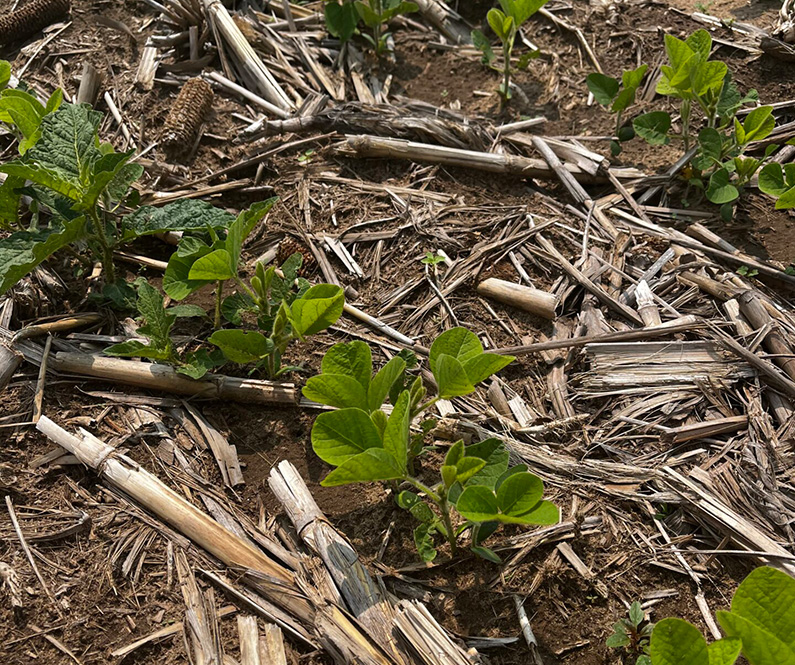
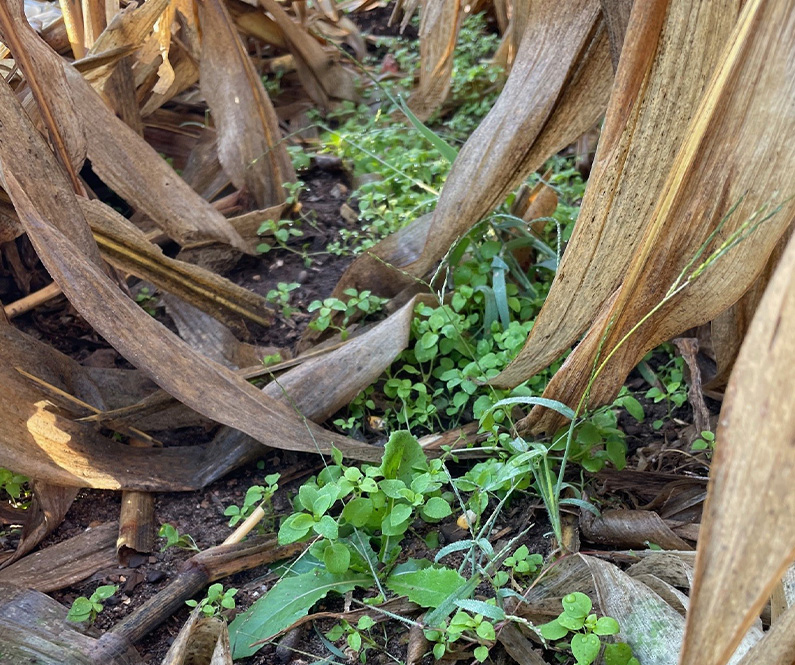
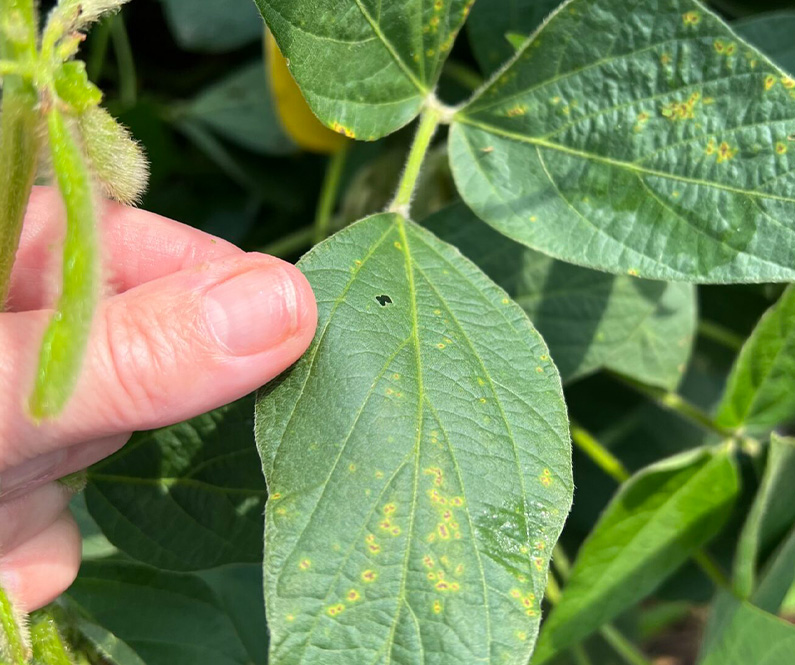

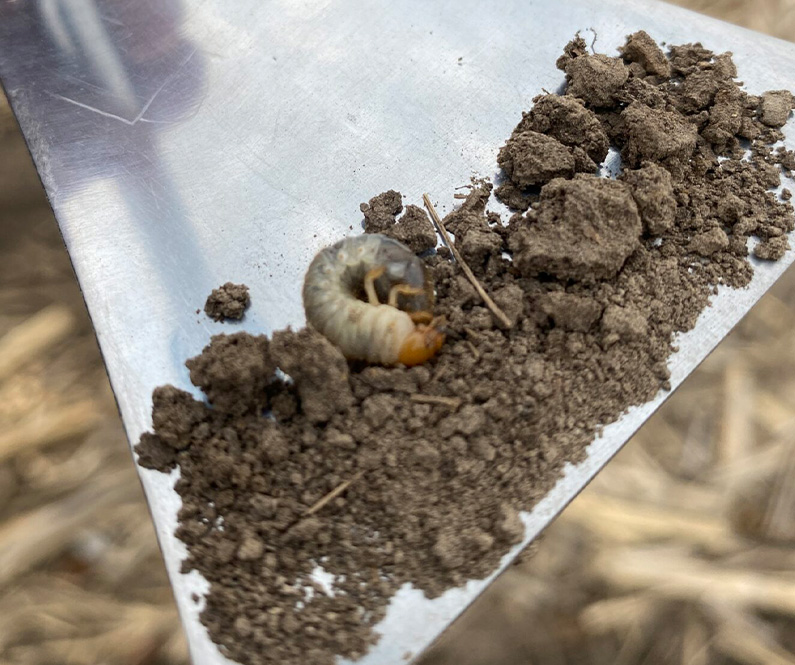
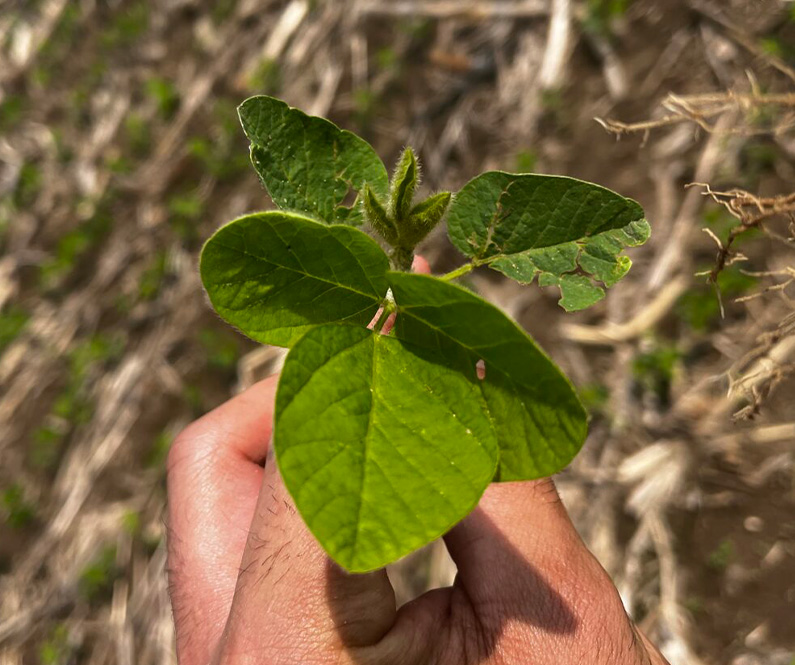
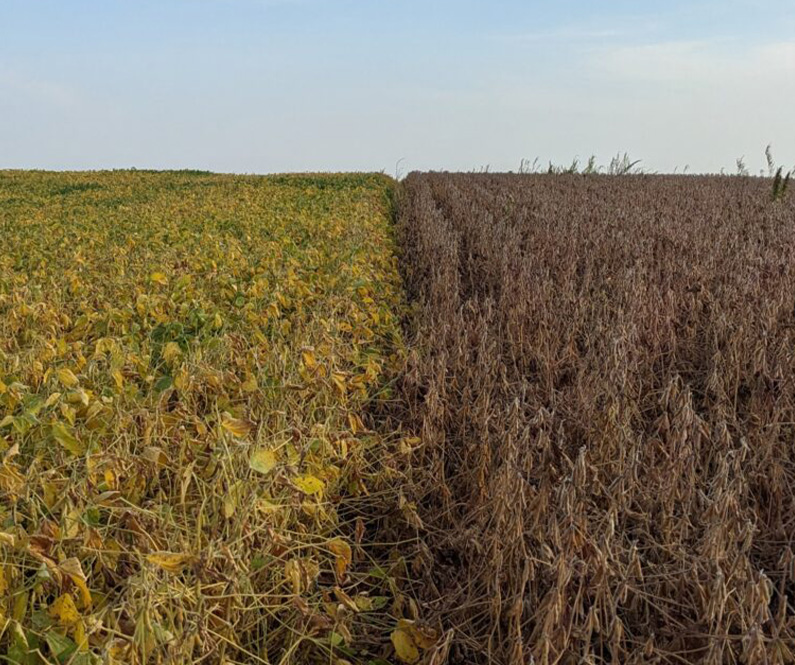
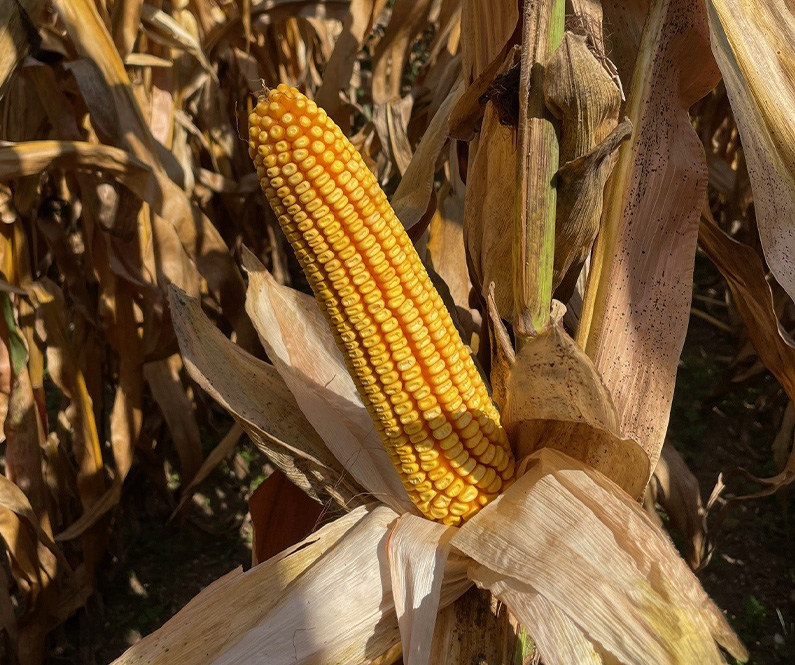
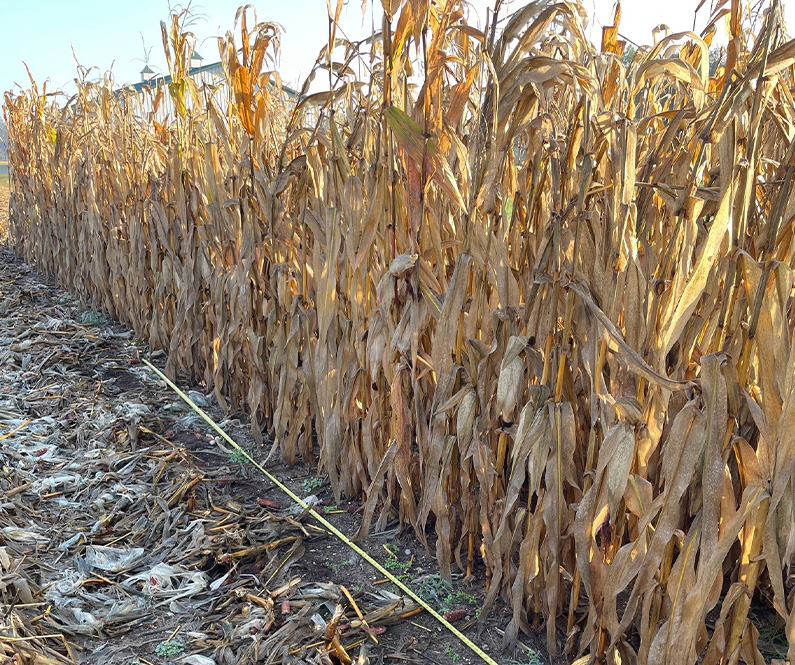
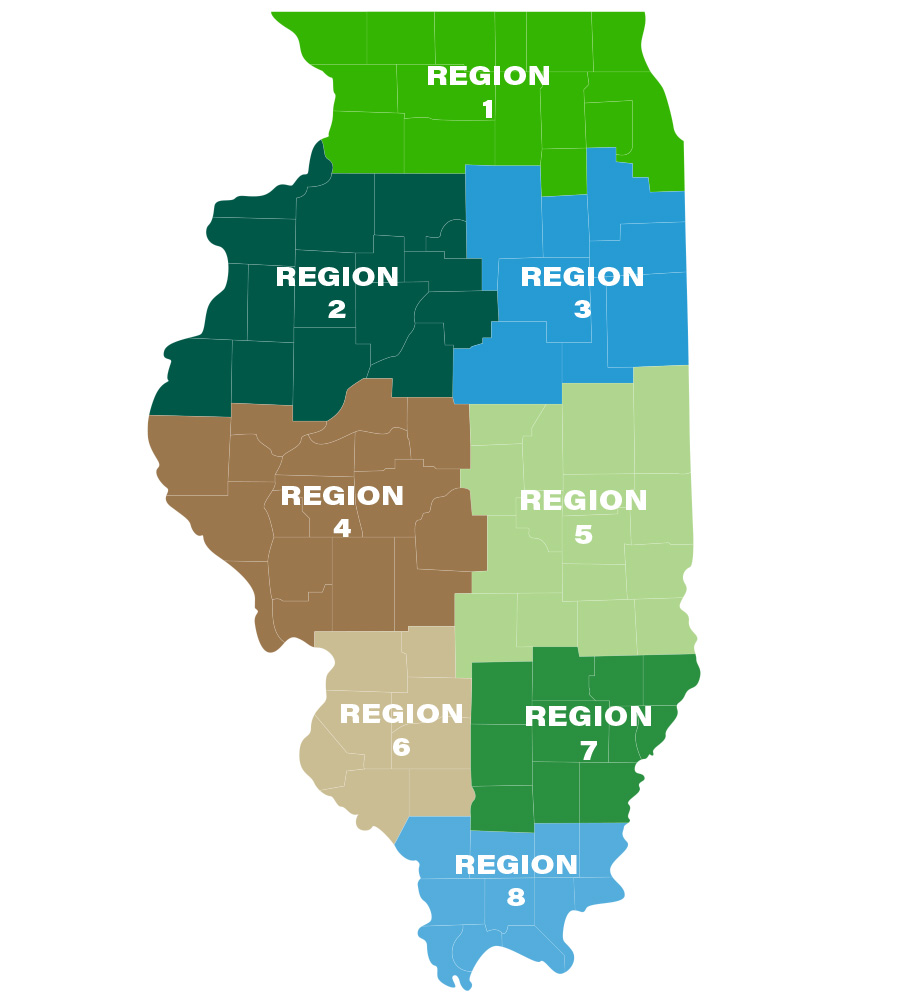

 and then
and then